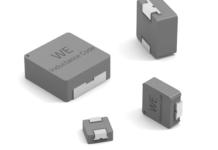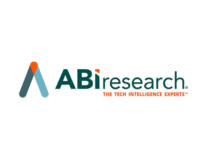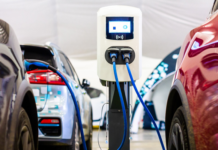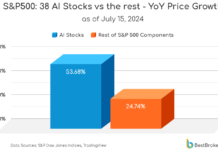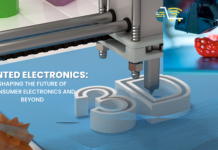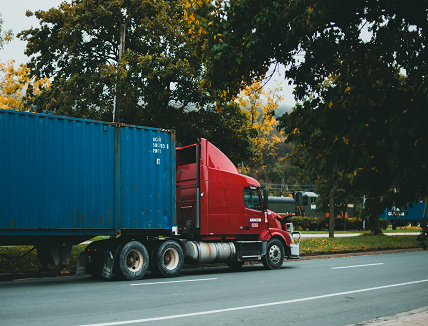
Medium & heavy-duty Vehicle Electrification is taking off, benefiting greatly from the synergies with light-duty vehicles
M&HD vehicles are close to the wide adoption of electrification. This segment will grow from 75,000 vehicles sold in 2021 to 436,000 in 2027, with a 34.1% CAGR21-27 . The main growth comes from BEVs, just as happened in LD vehicles, including passenger vehicles and light-duty commercial vehicles, with a delay of 6 to 8 years.
In this dynamic context, Yole Intelligence has developed a dedicated report to provide an in-depth understanding of the changing automotive industry ecosystem and supply chain. In its new Power Electronics for e-Mobility 2022 – Focus on Medium and Heavy Duty report, the company, part of Yole Group, provides a comprehensive overview of the current technological trends and a 2021-2027 forecast in value, units, and wafers for M&HD vehicles, and gives key technical insights and analyses on future technology trends and challenges.
Yu Yang, Ph.D., Senior Technology and Market Analyst, Power Electronics at Yole Intelligence “Leading M&HD commercial vehicle manufacturers are finding good synergy between buses and trucks while Tier 1 suppliers are finding more synergy with the LD vehicle segment. Some suppliers have businesses in both LD and M&HD vehicles, while there are specific suppliers for power converters.”
For Tier-2 component suppliers, at least semiconductor suppliers, there is no distinction between LD and M&HD vehicles. Both segments increasingly require automotive standard devices configured at the sub-system level to meet specific requirements. On the one hand, M&HD vehicles can benefit from the rapid development driven by LD vehicles. On the other hand, since the total volume is much smaller, it is more challenging to secure supplies.
Although less vertical integration is seen in M&HD, several vehicle makers are manufacturing their own inverters and motors, at least. Uniquely in China, some inverter suppliers exist specifically for M&HD vehicles.

BEVs and FCEVs will be the primary technologies for M&HD commercial vehicles, which also find synergy as FCEVs mostly use an electric powertrain of battery, inverter, and motor.
New technologies, such as SiC MOSFETs , high voltage system integration, and dedicated BEV platforms, are penetrating from LD to M&HD. However, implementing these technologies must be tailored to M&HD requirements, such as high continuous power, high torque, complex axles and gearboxes, high utilization, and high reliability.



